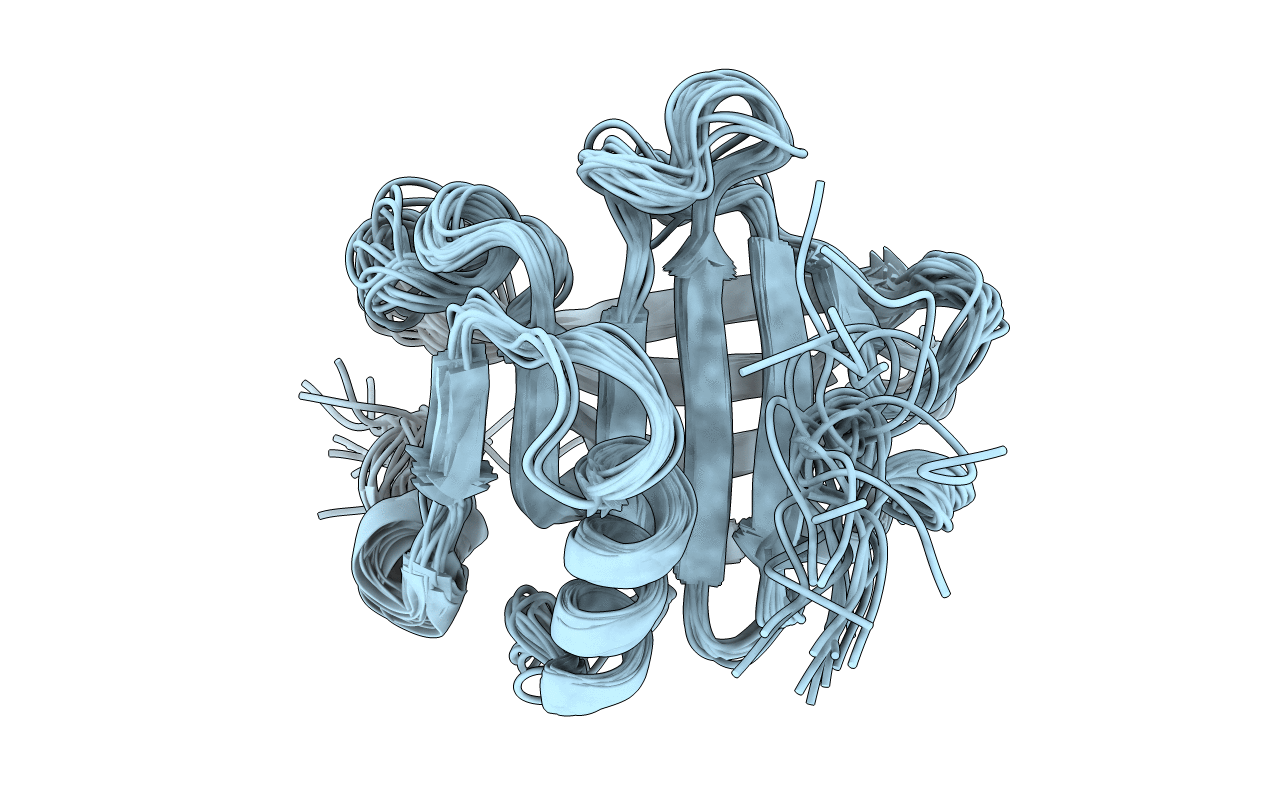
Deposition Date
2000-01-20
Release Date
2000-02-09
Last Version Date
2024-11-13
Entry Detail
PDB ID:
1DV9
Keywords:
Title:
STRUCTURAL CHANGES ACCOMPANYING PH-INDUCED DISSOCIATION OF THE B-LACTOGLOBULIN DIMER
Biological Source:
Source Organism:
Bos taurus (Taxon ID: 9913)
Host Organism:
Method Details:
Experimental Method:
Conformers Calculated:
60
Conformers Submitted:
21
Selection Criteria:
lowest total energy


